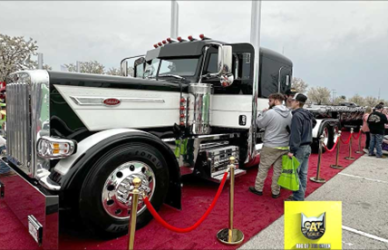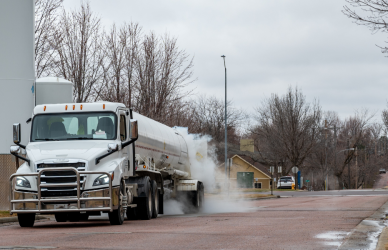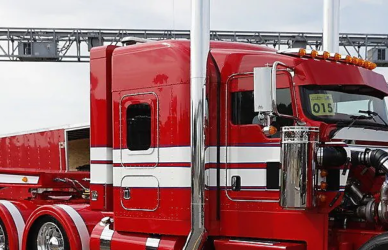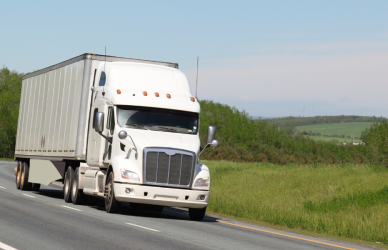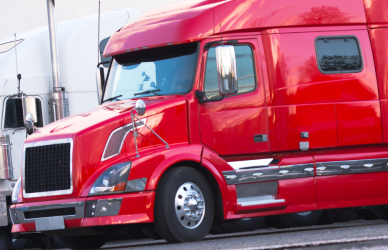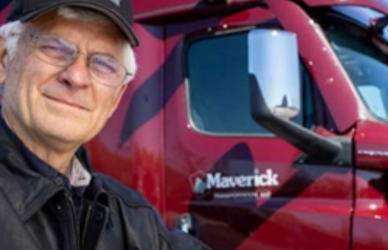In the opening of 2023, U.S. freight railroads appeared to be entering a period of stability, marked by the resolution of labor disputes and ongoing improvements in rail service. However, a significant incident disrupted this trajectory in February when a Norfolk Southern train derailed in Ohio, drawing attention to rail safety. Public officials and Norfolk Southern, in response to the incident involving hazardous materials, raised concerns about the handling of such materials, initiating discussions on safety measures.
The year also witnessed advancements in labor agreements following the 2022 negotiations. While the finalized agreements addressed general wage increases and medical leave, the exclusion of sick leave led to potential strikes, prompting intervention from Congress and the White House. Subsequently, individual unions and rail carriers negotiated sick leave agreements, addressing a critical aspect of the workforce’s concerns.
Rail safety remained a focal point, with ongoing debates about crew size on freight trains and discussions about establishing a federally supported anonymous tip line for safety concerns. The industry’s response to a downturn in rail volumes raised questions about potential furloughs, exemplified by Union Pacific’s decision to implement furloughs in the latter half of the year.
The Surface Transportation Board (STB) took center stage in discussions about reciprocal switching, a process aimed at enhancing rail service competition. STB’s proposed rulemaking generated feedback from shippers, emphasizing the need for comprehensive plans to increase rail competition. The potential finalization of the rule in 2024 underscored the STB’s increased activity, fueled in part by concerns over subpar rail service in 2022.
Environmental considerations played a role as well, with the California Air Resources Board issuing rules requiring zero-emissions locomotives in the state by 2035. Legal challenges ensued from industry associations, arguing about the feasibility of implementing untested technology.
The culmination of the long-anticipated merger between Canadian Pacific and Kansas City Southern occurred in April, resulting in the formation of Canadian Pacific Kansas City (CPKC). This merger set off a series of developments in the intermodal space, with Class I railroads introducing new services and forming partnerships across North America, fostering discussions about potential industry consolidation.
As the year unfolded, the dynamic landscape of the U.S. freight rail industry showcased the interplay of safety, regulatory, and industry shifts, highlighting the sector’s resilience and adaptability. Here’s to 2024!
Source: Freightwaves



